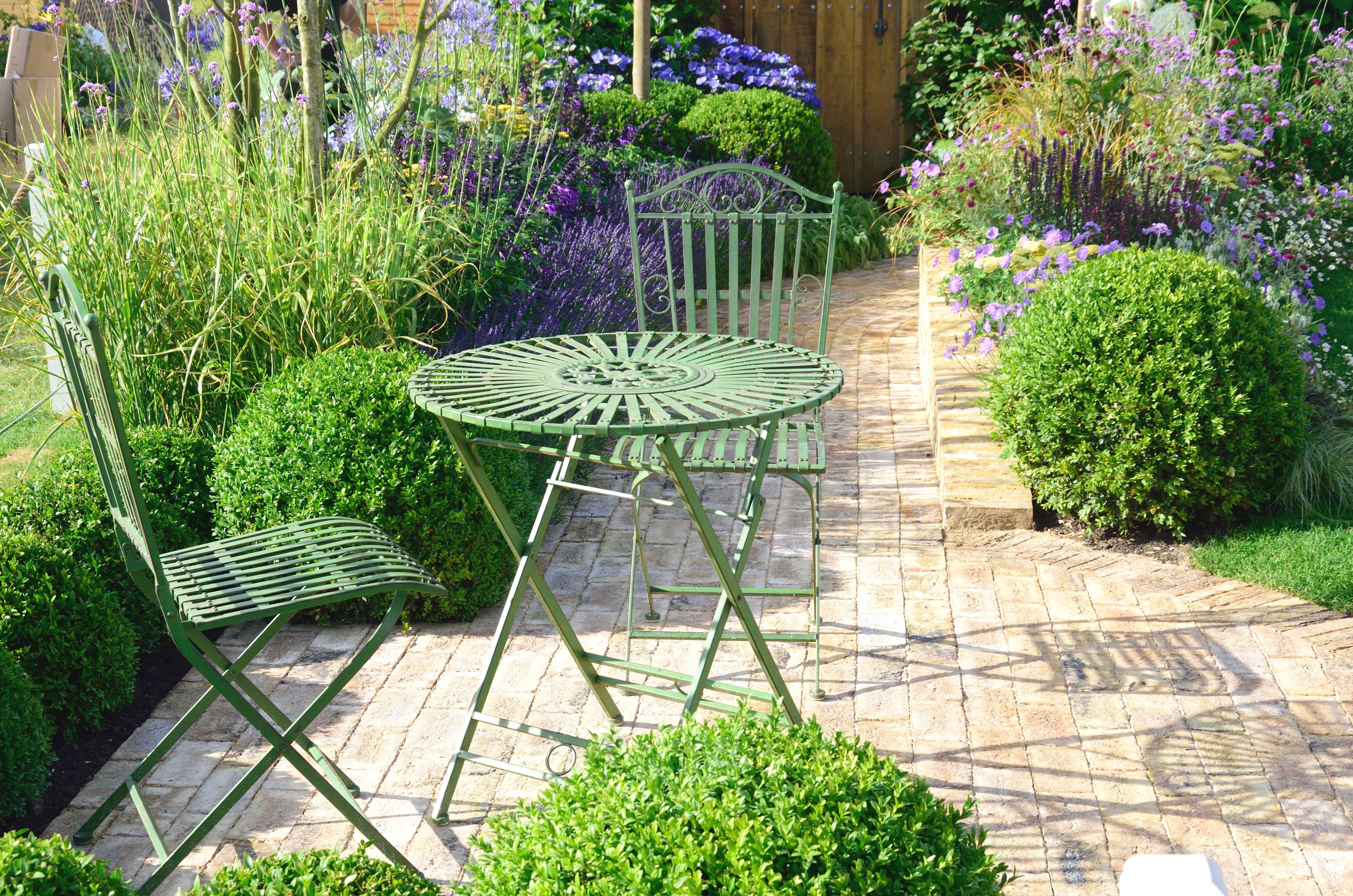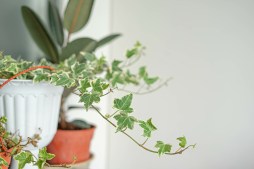Top 5 Techniques to Define Garden Zones Using Various Types of Greenery

Creating distinct zones in your garden not only adds structure but also enhances its visual appeal and functionality. Using greenery to define these zones is a natural and beautiful way to organize your outdoor space without relying on hard materials like fences or walls. In this article, we’ll explore the top five techniques to define garden zones using various types of greenery.
Use Hedgerows as Natural Dividers
Hedgerows are a classic way to delineate garden areas. Dense shrubs such as boxwood, privet, or laurel can be planted in rows to form natural boundaries between different zones like seating areas, play spaces, or vegetable patches. They not only create privacy but also serve as windbreaks and habitats for birds and beneficial insects.
Incorporate Climbing Plants on Trellises or Pergolas
Vertical greenery can effectively mark transitions between garden spaces. Installing trellises or pergolas covered with climbing plants like clematis, jasmine, or wisteria creates living walls that separate zones while adding height and interest. These structures can frame pathways or entrances leading from one zone to another.
Utilize Ornamental Grasses for Soft Boundaries
Ornamental grasses provide gentle movement and texture when used as informal boundaries around flower beds or seating areas. Varieties like maiden grass, fountain grass, or blue fescue create visual separation without obstructing views entirely, maintaining an open feel while guiding visitors through different garden sections.
Plant Flowering Shrubs for Color-Coded Zones
Flowering shrubs such as hydrangeas, rhododendrons, or azaleas can be strategically planted to mark different zones with bursts of color and seasonal interest. Selecting varying blooms for each area helps visually cue visitors about a change in function—whether it’s a relaxation corner, dining space, or play zone.
Create Raised Planters with Mixed Greenery
Raised planters filled with a mix of plants including herbs, succulents, and small shrubs serve as functional dividers that add greenery at different heights. They help define pathways and separate activity areas while maximizing planting space in smaller gardens.
Defining garden zones using greenery allows you to design an inviting outdoor environment that feels cohesive yet diverse in purpose. By choosing the right plants and arrangements—from hedgerows to ornamental grasses—you can enjoy a beautifully organized garden tailored perfectly to your lifestyle.
This text was generated using a large language model, and select text has been reviewed and moderated for purposes such as readability.


